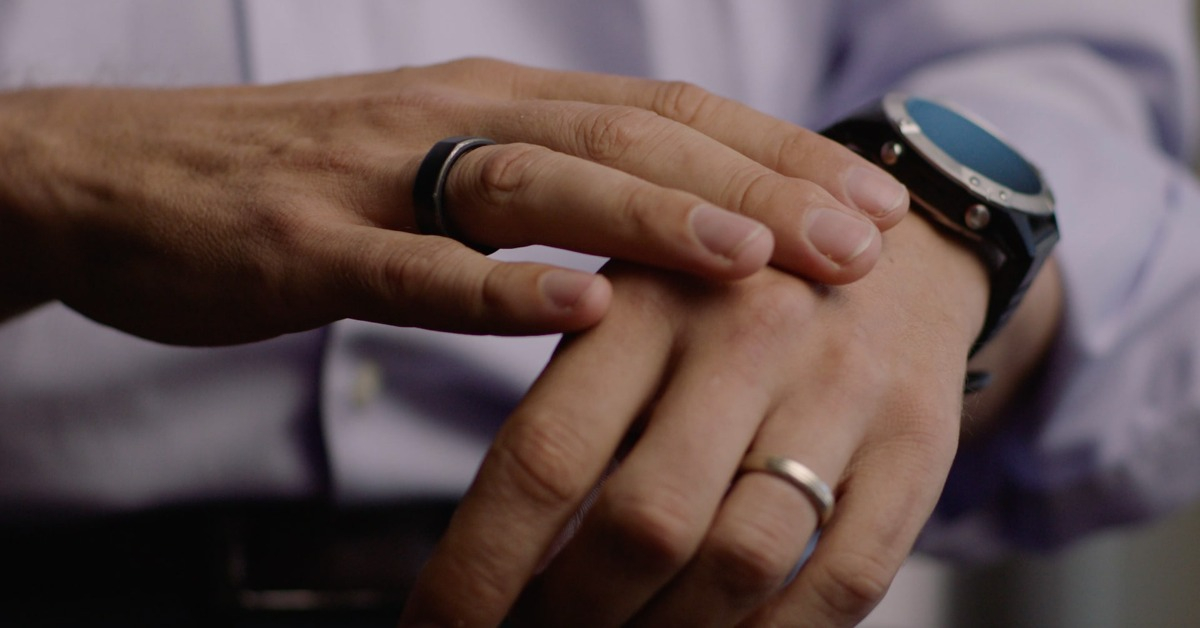(April 25, 2023) Mountain View, CA—As wearable technology continues to advance, the Department of Defense (DoD) is doubling down its investment in wearables for infectious disease detection and managing readiness. Specifically, thanks to new funding from Congress, DoD is expanding the Rapid Assessment of Threat Exposure (RATE) project to new user groups after leading a successful prototype during COVID.
The Defense Innovation Unit’s (DIU) RATE project, developed in partnership with the Defense Threat Reduction Agency (DTRA), uses a powerful, predictive AI algorithm that was trained with data from 11k+ individuals during COVID. The algorithm leverages biometric data from commercial-off-the-shelf wearables. The RATE algorithm enabled early detection of infectious diseases up to 48 hours before symptoms appeared. The algorithm, which even predicted infections up to 6 days prior— to include asymptomatic cases — was also featured in a 2022 study published by Nature’s Scientific Reports, highlighting the efficacy of the algorithm-powered wearables to aid military readiness.

Air Force Lt. Col. Jeff "Mach" Schneider, Defense Innovation Unit project manager, is shown wearing a watch and ring used to monitor COVID-19. The technology is known as Rapid Analysis of Threat Exposure.
“The DoD invests heavily in maintaining the readiness of its workforce to conduct essential missions, however, the risk of infectious disease, like COVID-19, has long been an unpredictable variable. With RATE, the DoD can use commercial wearables to noninvasively monitor a Service member’s health and provide early alerts to potential infection before it spreads,” said Jeff Schneider, program manager for the RATE program. “This additional APFIT funding provides a bridge to allow the Department to leverage this emerging technology toward a program of record.”
RATE was one of the first ten pilot programs funded through the Accelerate the Procurement and Fielding of Innovative Technologies (APFIT) initiative established by Congress to fill critical capability gaps. With $10M in additional funds, RATE will build on its success from 2020-2021, which demonstrated that wearable technology could predict COVID-19 and other infections 2.3 days prior to diagnostic testing.
With the additional APFIT funding, DIU is adding 4,500 participants to its current operational effort and will include distribution of the devices to new cohorts across the Department. One group will be the Air Combat Command’s (ACC’s) First Sergeants. ACC’s new Diamond Care Initiative Plan, is geared toward preserving the health and welfare of its 360 First Sergeants, who will be issued wearables to better gauge their overall health and vital signs.
“First sergeants serve as the belly button to all the organizations in the U.S. Air Force, and this technology can improve their lives and the lives of the Airmen they serve,” said U.S. Air Force Maj. Michael Vernale, Wing director of Talent Management and Assessments at Fort Meade, Maryland.
“In recent years, many Air Force Specialty Codes have benefited from technology to enhance mission and improve capabilities,” said Chief Master Sgt. Christopher Gradel, Air Combat Command. “Technology has finally produced a product that will increase overall health and wellness to a community of first sergeants who many times prioritize their people ahead of their own health.”
Philips continues to be involved in the algorithm development and has expanded its efforts on a global scale to accelerate commercialization and scaling.
“Because our algorithm is device agnostic, we can use biomarker data from any commercial grade, off-the-shelf wearable. We then run those markers against our clinical data sets in the cloud to create a RATE Wellness score. The score has proven to be indicative of onset of infections. We can offer it through a licensing model to anyone who wants to add this capability to their device or as a stand-alone service,” said Navin Natoewal, head of integrated technology solutions at Philips. “Not only do they get AI that has gone through several years of field testing and a peer-reviewed study, it is a cost-effective way to add the technology, while we continue to expand the data sets and the research working with leading academic institutions.”
The data flow collected from wearable technology will continue to be validated to expand infection detection and exposure monitoring through a complementary efforts within the DoD.
The plan is for RATE to be device agnostic, but the current deployment of wearables will include Garmin watches and Oura rings. As the Philips-DIU team continues to prove out the new dataflow, the effort aims to add three additional popular wearable devices. The 11,000 former RATE users will also be able to re-affiliate with the projects if they still have the hardware.
The Food and Drug Administration has determined that RATE would be classified as a general wellness device.
